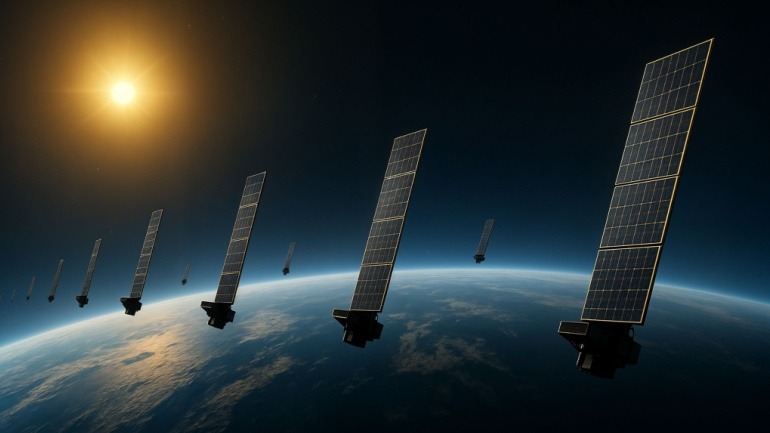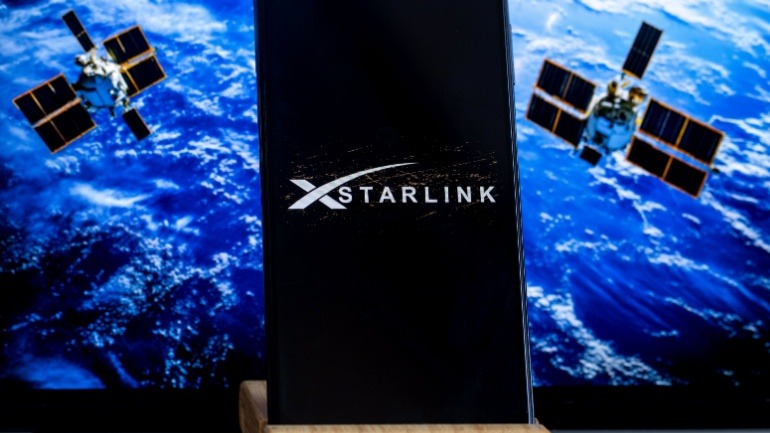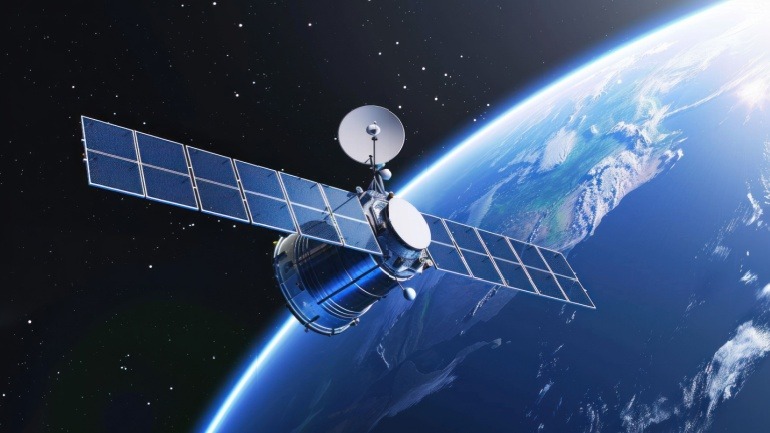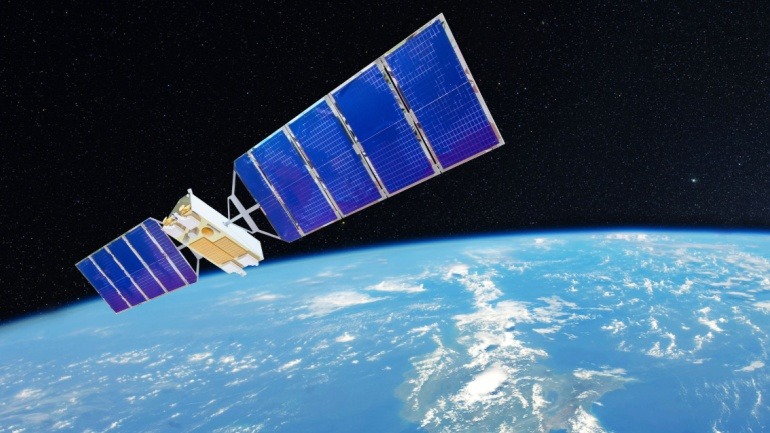Airtel Africa’s partnership with Starlink signifies a breakthrough in rural connectivity, promising direct-to-device satellite services from 2026. This VOIP-enhancing collaboration aims to expand internet access across Africa’s underserved regions, bypassing costly infrastructure. While regulatory challenges persist, the venture could revolutionize digital inclusion, offering transformative opportunities for businesses and communities.
SpaceX’s Starlink project has secured provisional approval from UK regulator Ofcom for E band spectrum access, significantly enhancing its satellite network’s backhaul data capacity. This move addresses the UK’s current demand-driven capacity constraints. By utilizing three ground stations, Starlink aims to improve service quality, compete effectively, and optimize costs.
Orange has strengthened its emergency communication solutions by integrating Eutelsat’s low Earth orbit (LEO) satellite technology, enhancing connectivity services through satellite innovation. This strategic expansion boosts Orange’s SafetyCase product, offering quick deployment of secure WiFi solutions. With hybridization technology, this advancement shows Orange’s commitment to reliable VoIP communication for emergency responders and public enterprises.
T-Mobile has launched T-Satellite, a direct-to-device service using Starlink’s satellites, to combat notorious ‘not spots’ in the US and beyond. The service, supporting over 60 smartphones, integrates with T-Mobile’s premium plans.
United Airlines resolved a static interference issue affecting Starlink Wi-Fi on some Embraer E175 aircraft by repositioning equipment. The rest of the fleet remains unaffected, and the rollout continues with sixty jets now offering high-speed satellite internet.
Starlink has secured approval to provide satellite broadband in India, entering a competitive field with Airtel and Jio. Backed by a key license, it must meet strict local data and infrastructure rules before launch. With trial spectrum rights expected soon, Starlink prepares to help bridge connectivity gaps in underserved regions.
FCC Chairman Brendan Carr has warned EU nations about growing reliance on Starlink, highlighting risks of over-dependence on a single satellite provider. European officials share concerns, especially as geopolitical tensions rise. While local alternatives like OneWeb emerge, the EU faces tough challenges in securing technological autonomy.
KDDI and Okinawa Cellular, in partnership with Starlink, have launched au Starlink Direct — Japan’s first direct-to-device satellite service. Starting April 10, 2025, au users can enjoy seamless connectivity even beyond network zones, enabling emergency alerts, location sharing, and AI-powered assistance, all at no extra cost.
Anatel has approved Starlink to launch 7,500 more satellites in Brazil, expanding its network. While boosting internet coverage, the decision raised regulatory concerns. Amid tensions with Brazilian authorities and global contract setbacks, Starlink also faces rising costs from U.S. import tariffs.













